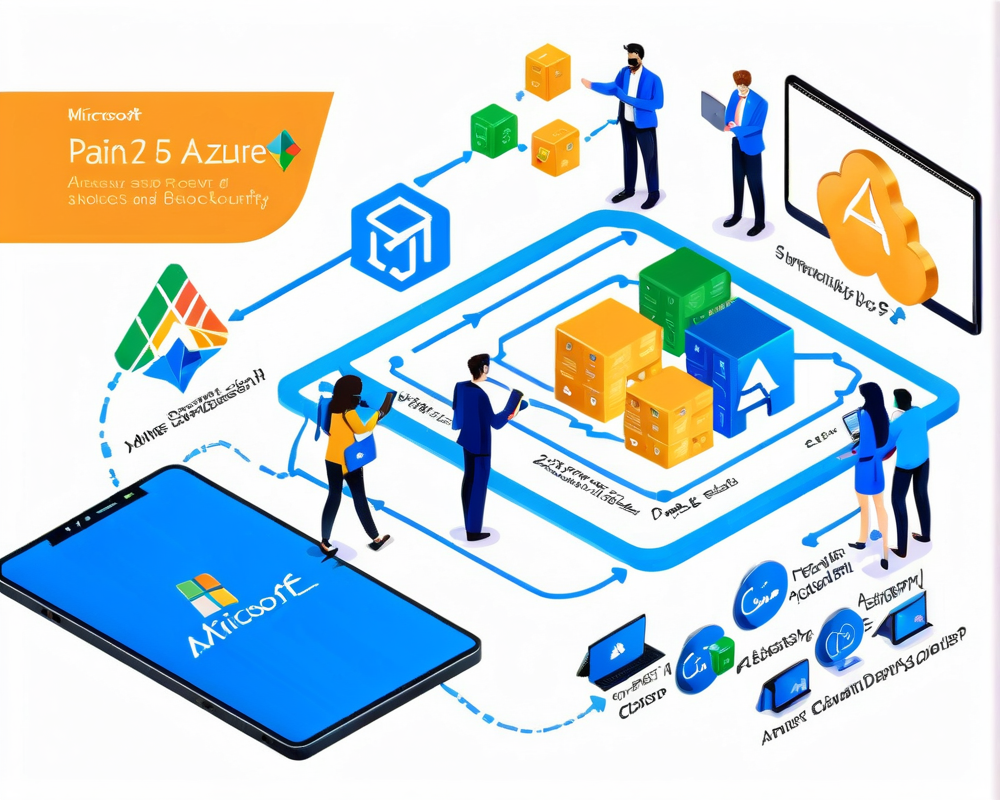Welcome to the Future of DApps
In a move that’s shaking the very foundation of decentralized application (DApp) development, Microsoft’s cloud platform Azure has rolled out a stellar proof-of-authority (PoA) algorithm for its Ethereum blockchain offering. This snazzy update, announced in a blog post on August 7, comes in the nick of time for developers eager to embrace a more efficient approach to creating DApps tailored for private or consortium networks.
Why PoA is the New Black
Now, if you’ve been living under a rock in the crypto land, you might still think Proof-of-Work (PoW) is all the rage. Well, PoA is strutting into the spotlight, flaunting its advantages. Unlike PoW, where miners scramble like squirrels over acorns to validate transactions, PoA is as chill as a Sunday morning. It operates on the principle that all consensus participants are known and reputable—no surprise guests here!
Key Features to Make Your Life Easier
This new Ethereum upgrade isn’t just a pretty face; it’s got some serious features to back it up:
- Identity Leasing System: Keeping things secure, this system guarantees that every member has distinct consensus nodes. This means no doppelgangers in the blockchain world! If a node goes down, fear not—new nodes can breathe life back into the old identities without breaking a sweat.
- Parity’s Web Assembly Support: The developers are busting out the confetti! With support for languages like C, C++, and Rust, writing smart contracts just got a whole lot easier. No more head-scratching over Solidity.
- Governance DApp: This feature is like a digital Swiss army knife for consortiums. It streamlines voting and validator delegation, allowing members to maintain their own keys and sign transactions securely from their preferred wallets.
Microsoft Azure: Beyond Just Clouds and Code
Did you know Azure isn’t just a cloud service running on fluffy dreams? Since its inception in 2010, Azure has evolved into a powerhouse with a sprawling global footprint. Whether you’re developing applications or managing services, Azure has got the resources at your fingertips. The launch of Ethereum-based Azure back in late 2015 marked a pivotal step for blockchain integration in cloud services.
What Lies Ahead
In June, the R3 blockchain consortium proved the potential of Azure when they successfully tested a know your customer (KYC) app with 39 financial companies and 45 nodes. With the combination of the new PoA algorithm and dedicated features, it seems the sky is no longer the limit for Azure’s Ethereum services. The possibilities are endless and who knows what DApps will rise from the clouds next?




